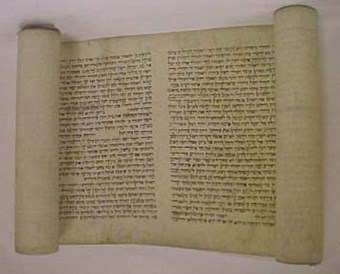EXPLORING THE WORD
Is The Old Testament Bible Accurate?
By: Dillon Burroughs

First, we know from history that the Old Testament writings were translated into Greek in the third century B.C. From this we can know that these writings were already in wide circulation by this time. In addition, researchers can look at how the Greek translation (called the Septuagint) renders Hebrew words and discover what the Hebrew text was during the third century B.C. This is only a century after the completion of the final Old Testament books!
Second, we have early copies of many Old Testament writings. In fact, the Dead Sea Scrolls include approximately 200 biblical scrolls that include portions of nearly all Old Testament books (except for Nehemiah and Esther). Scholarly study of these writings has revealed that the text we have today very closely resembles the text found two thousand years ago.
Third, the Bible's New Testament and other ancient writings frequently quote Old Testament books. While many of these quotations were paraphrased and were not intended to serve as exact quotes, this does reveal that the Old Testament writings were known and often quoted in the time period shortly following the Old Testament's completion. For example, the Aramaic Targums (translations of Old Testament writings into Aramaic) offer much insight into the frequency with which the Old Testament was cited and which books were highly popular during particular periods. The same phenomenon can be observed in the New Testament (For example, Jesus often quotes Deuteronomy, Isaiah, and the Psalms).
Fourth, we have numerous copies of Old Testament writings from a variety of times and locations. Through comparative analysis, it is clear that the Hebrew and Aramaic text remained consistent despite numerous copies across a vast area of the world. Any differences can also be easily spotted and corrected.
We can walk in confidence that the Old Testament in the Bible we read today is a faithfully preserved copy of God's inspired words. The historical facts verify that its words have not been corrupted; rather, they have been confirmed as writings that have survived space and time to change hearts and lives from ancient times till today.
Image Credit: Themeplus; "Hebrew Tanakh 5"; Creative Commons
comments powered by Disqus
Published 2-7-12

